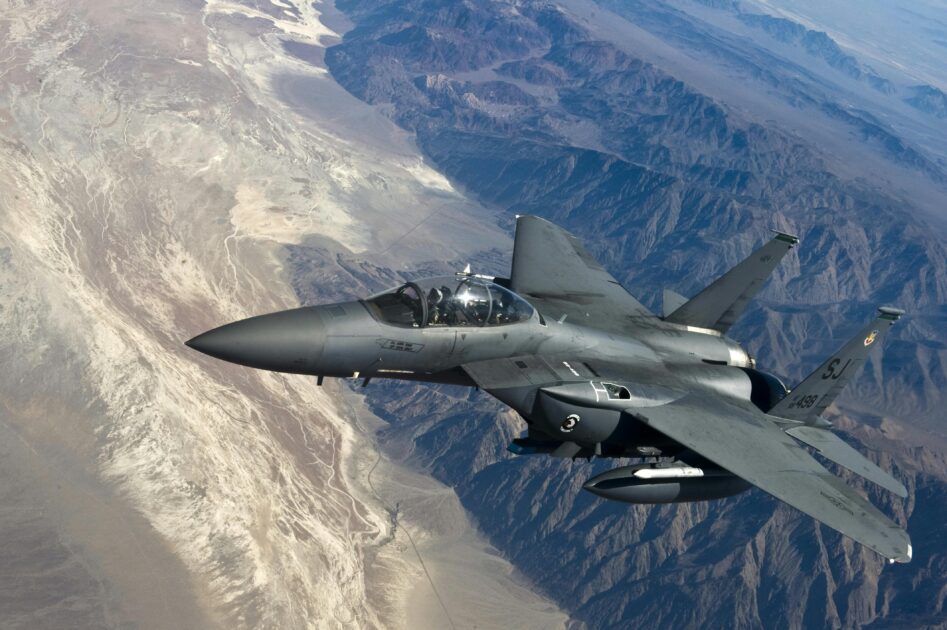Fueling Defense: The Future of the United States Airforce

The United States Air Force (USAF) is the largest air force on the planet today. It’s followed by the world’s second largest air force (the United States Navy), the Russian Air Force, and the fourth largest air force: The United States Army Aviation Branch. It consumes vast quantities of advanced fuels. Natural gas plays a major role in keeping the USAF (and our Naval and Army aviators) flying – a role which is only expected to grow with the advent of advanced synthetic fuels reliant on natural gas.
Today, the Air Force largely runs on a fuel called JP-8, made from kerosene. Kerosene is distilled from petroleum. The Shale Revolution of 2008 didn’t just make the United States the world’s largest producer of natural gas – it also unlocked vast reserves of petroleum. Where American natural gas secured our energy system from foreign influence, providing safe, affordable and reliable energy for homes, industry, and power generation alike, domestic petroleum has also made our Air Force less reliant on foreign imports.
New advances suggest the potential for natural gas to play an important role in creating low-cost, carbon neutral synthetic jet fuels. One such fuel is made by combining hydrogen with captured CO2 to create synthetic kerosene. Today, the most affordable source of hydrogen is natural gas. There are several ways natural gas is converted to hydrogen. Two types, grey and blue hydrogen, are produced using steam reformation. What separates blue hydrogen from grey hydrogen is that the carbon dioxide from the process is captured and sequestered.
Captured CO2 from the creation of blue hydrogen could be recombined with the hydrogen itself to create synthetic kerosine, the key component in JP-8 jet fuel. Existing natural gas infrastructure could be used to provide natural gas directly to military bases, where it could be converted on-site, eliminating the need to transport or store significant quantities of hydrogen.
Alternatively, other types of hydrogen could be created, such as green hydrogen (made by electrolyzing water using energy from solar panels) or pink hydrogen (electrolysis powered by nuclear energy), and combined with CO2 captured from the atmosphere, for truly net-zero jet fuel. Regardless of the source of the hydrogen, natural gas utilities and associated infrastructure will have a vital role to play in transporting and storing it and any constituent natural gas.
While natural gas and associated infrastructure has a major role to play in the future of military aviation, the role it plays today is perhaps even more consequential. Stay tuned for Part 2 as we explore how natural gas is fueling defense resilience today!
